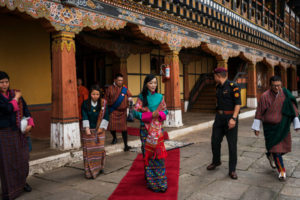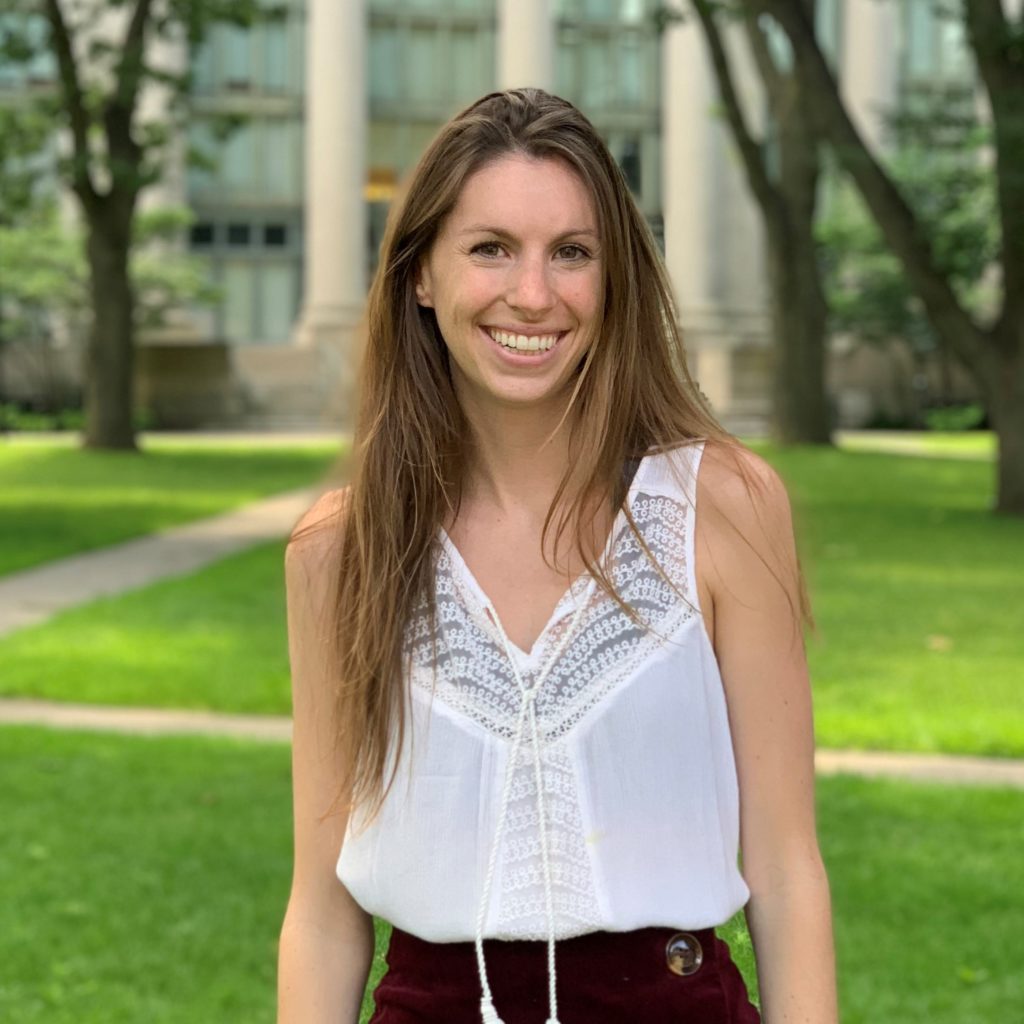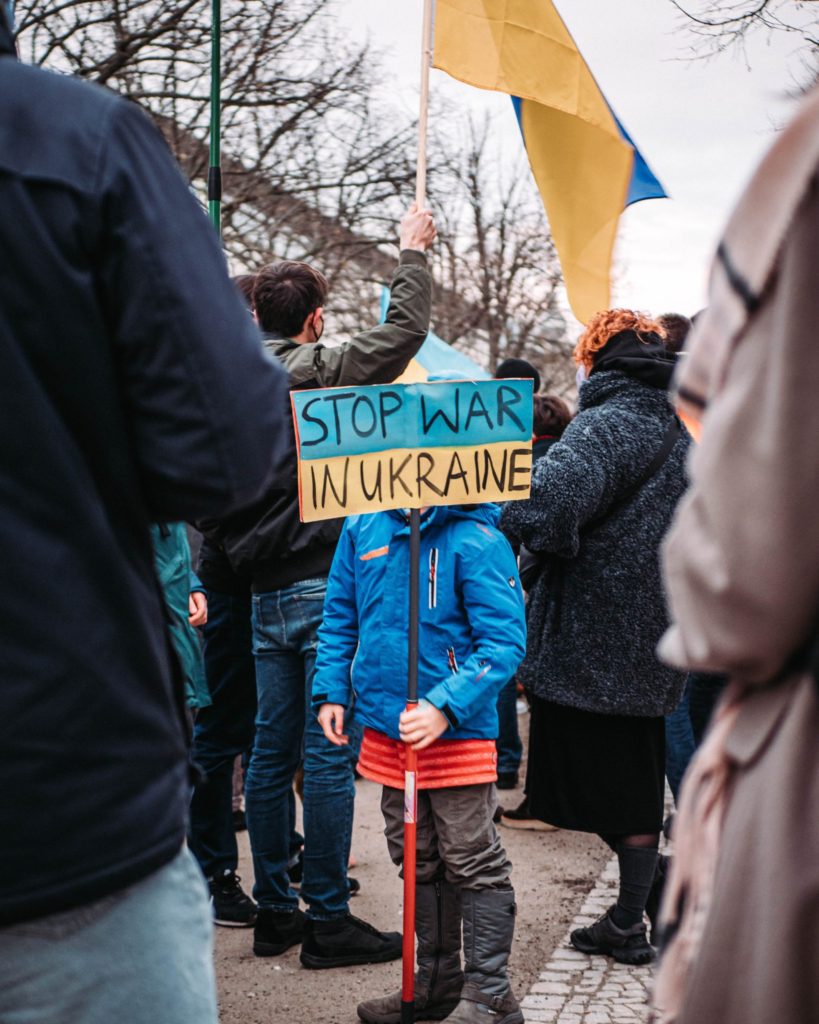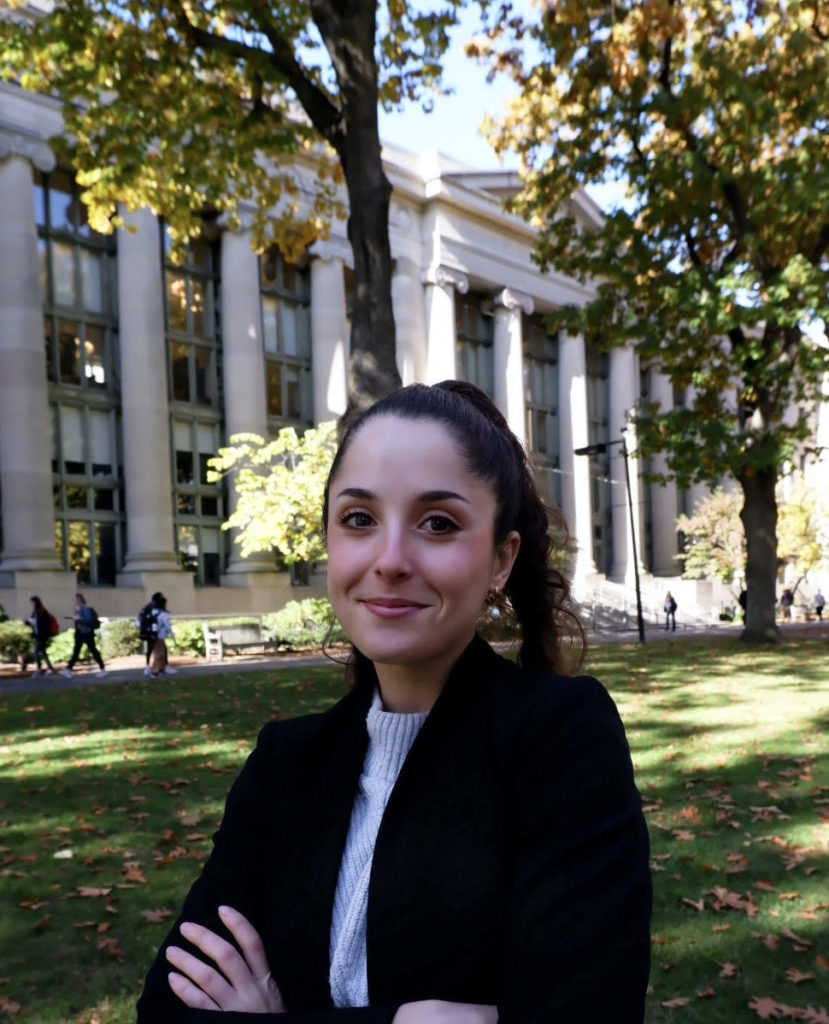This is the sixth installment of a blog series called From the Field. In this series we spotlight stories and insights from former students, friends, and colleagues who are working in the field of dispute resolution. This post is Part II of a two-part post by Stephan Sonnenberg ’06. You can read Part I here.

Princess Sonam Dechan Wangchuck LL.M. ’07 is honorable president of Jigme Singye Wangchuck School of Law, named after her father, the fourth king of Bhutan.
Last month, I wrote about the fundamental debate over whether ADR processes should have any role to play in situations of alleged domestic violence. The answer I proposed was essentially a longer version of the standard ‘it depends’ response to difficult questions that law school professors have so fondly committed to memory.
My answer adopts neither the universalist nor the culturally relativist approach. The universalist approach would adopt and promote globally the western (or legalist-individualist) ideal, according to which all domestic violence cases should be handled exclusively by means of formal judicial remedies. The culturally-relativist approach, by contrast, would hold that any practice, no matter how inhumane and undignified, can be shielded from human rights critiques on the grounds that they are associated with the culture of a place. Marie Bénédicte-Dembour, an anthropologist who studies the application of human rights standards in transnational contexts, described the first position as “arrogant” and the second position as “indifferent.”[1] Left with no easy answers, she condemned the thoughtful human rights practitioner to a perpetual “dialogical dialogue,” swinging like a pendulum in the uncomfortable grey zone between these two ideologically pure, but ethically suspect, polar positions. That same grey-zone space, I fear, is where we also find ourselves as dispute systems designers when we discuss how to encourage domestic violence survivors to seek redress in the unique cultural, historical, and philosophical context of Bhutan.
In this post, I would like to describe how our clinic at the Jigme Singye Wangchuck School of Law, and our project partners at RENEW (which stands for Respect, Educate, Nurture, Empower Women), maneuvered this “dialogical dialogue,” as well as the resulting dispute system that emerged from it.
In 2017, RENEW’s domestic violence community support volunteers articulated the urgent need for there to be an informal means to address alleged instances of domestic violence in Bhutanese communities. Survivors of domestic violence, they reported, were for a variety of reasons unwilling to take their concerns to the police or the courts. Many of them might be willing to approach a village elder, but those elders increasingly had been trained not to accept cases involving domestic violence. Left with no forum where they felt comfortable enough or welcome enough to discuss their concerns about domestic violence, many survivors turned to RENEW’s domestic violence resource persons begging them to act as mediators. Those RENEW volunteers were then left with the uncomfortable choice of either accepting to quietly—and illegally—mediate the case, or knowingly leave the survivor in a vulnerable position with literally no recourse at all. This damned-if-you-do, damned-if-you-don’t scenario served neither the RENEW community support volunteers’ interests nor did it serve the interests of the survivors.
During their annual retreat, these RENEW community support volunteers formally asked RENEW’s management to train them as mediators. In response RENEW asked our law clinic, along with Bhutan’s judicial training institute and a few other lawyers, to discuss the proposal. It soon became clear, however, that the volunteers’ request was much more complicated than it might at first have appeared. First, mediation in Bhutan is allowed only in civil cases. Bhutan’s legislation clearly defines all forms of domestic violence as criminal offenses. Furthermore, Bhutan’s lawmakers have made it clear that domestic violence must not only be physical or sexual in nature, but can also be financial or emotional. All four types of domestic violence are defined as criminal. Therefore, even domestic violence cases that might otherwise be addressed by means of counseling or neighborly intervention (ex: less serious forms of emotional abuse) would in Bhutan fall under the definition of a potentially criminal offense. Second and more fundamentally, we discussed the dangers of using a less-transparent mediation process, premised on voluntary participation and lacking many of the procedural safeguards inherent in formal judicial process, to resolve domestic violence cases. Structurally speaking, we explored how difficult it is for mediators to work with parties whose relationships are characterized by serious power imbalances and a history of verbal and emotional abuse.
To move the conversation forward, and in light of our ongoing consultations, our clinic put forward three hypothetical models for a future ADR initiative focusing on domestic violence, inviting both positive and negative feedback from stakeholders. Those were (1) a consensus building approach, where RENEW’s community volunteers would serve as facilitative problem solvers, with the backing of local elders and the police, but stripped of any authority to formally write up an agreement; (2) a transformative mediation approach, whereby mediators would act essentially as counselors tasked with helping the parties understand the impact of their actions on others around them; and (3) a victim-advocate model, where RENEW’s community volunteers would stand in solidarity with domestic violence survivors and help them maneuver a dispute resolution process run by someone else.
These consultations quickly converged on the first option as the preferred model to use as a starting point for further discussions. Over the course of a few months, our clinic and RENEW—in consultation with various justice sector stakeholders, including the Royal Bhutan Police (RBP), Bhutan’s National Commission on Women and Children (NCWC), Bhutan’s judicial training institute (BNLI), and RENEW’s community-based support volunteers and counseling department—came up with the present model of consensus building.
Cases can come to RENEW volunteers either directly or by referral from the RBP. In the first instance, the RENEW volunteer would first have to check with a designated RBP officer, usually one specially trained to handle issues relating to domestic violence, to seek official leave to act as a consensus builder in a given case. That request can be granted or denied based on the criteria detailed in a very important clause of Bhutan’s Domestic Violence Prevention Act of 2013 that sets forth a number of criteria that—if satisfied—allow a police officer to refer a case involving allegations of domestic violence to a “negotiated settlement” proceeding. These criteria collectively ensure that only first-time alleged offenses would ever be referred for consensus building, and further only those that would not qualify as potential felony offenses. In other words, the consensus building option would be available primarily for alleged instances of emotional or financial domestic violence.
Once the RENEW Volunteer is properly engaged, she or he would begin to act as a consensus builder, employing many of the skills one might teach in a traditional facilitative model of mediation. The consensus builder would also, however, be empowered specifically to employ a “gender-informed” facilitative style, urging the parties to think about how any agreements they contemplate might be seen by the police, who ultimately would have to re-approve and ratify any final agreements. The prospect of the RBP’s eventual review of any proposed outcomes gives the consensus builder the mandate to encourage the parties to think creatively about how to ensure that a basic sense of equity and dignity—and justice—is incorporated into their mediated agreement. By the same token, the consensus builder can also ensure that the interests of third parties (ex: other family members, neighbors, or other relatives) are also addressed as part of the mediation.
In the event that the parties reach an agreement, the consensus builder must turn to the RBP, a lawyer, or a traditional village elder to write up the agreement. If the case was originally referred to the RENEW volunteer by the police, the final agreement must also include a statement stating that the negotiated agreement formally settles any potentially criminal complaints they survivor may have originally levied with the police. In all cases, however, the settlement must be written, which also serves the secondary purpose of creating evidence; evidence that can be used in a subsequent criminal proceeding should there ever be a resurgence of the same pattern of abusive behavior between the parties in the future.
What then, are our challenges as the designers and now promoters of this new dispute system? For one, we are keenly interested to see if we struck the correct balance, given the ethically and legally perilous terrain in which we found ourselves as designers of this dispute resolution process. To do so, we are trying to come up with meaningful indicators that we can use to determine whether the dispute system is achieving its intended purpose, and more specifically to determine whether it indeed represents an improvement over existing process alternatives such as the formal justice system. We are also concerned about the challenge of sustaining the initial energy and enthusiasm about this new strategy for handling domestic violence cases. Have we succeeded, we wonder, in developing a clear and easily replicable training that will allow future generations of RENEW volunteers to understand the complexity of the issues they are dealing with, and act responsibly and ethically within the bounds of the program as it was originally designed? Finally, we need to ensure that the initiative does not inadvertently give the volunteers confidence to act beyond the boundaries of their mandates, no matter how tempting it may be for them to quietly expand their roles in the name of this consensus building process. Most importantly, we are determined to keep ourselves honest as well—honest and humble enough to accept the need to rethink the system we designed if and when it begins to appear that it might be causing more harm than good.
[1] Dembour, Marie- Bénédicte (2001), “Following the movement of a pendulum: between universalism and relativism,” in Jane K. Cowan et. al. Culture and Rights: Anthropological Perspectives, Cambridge, UK: Cambridge University Press.









